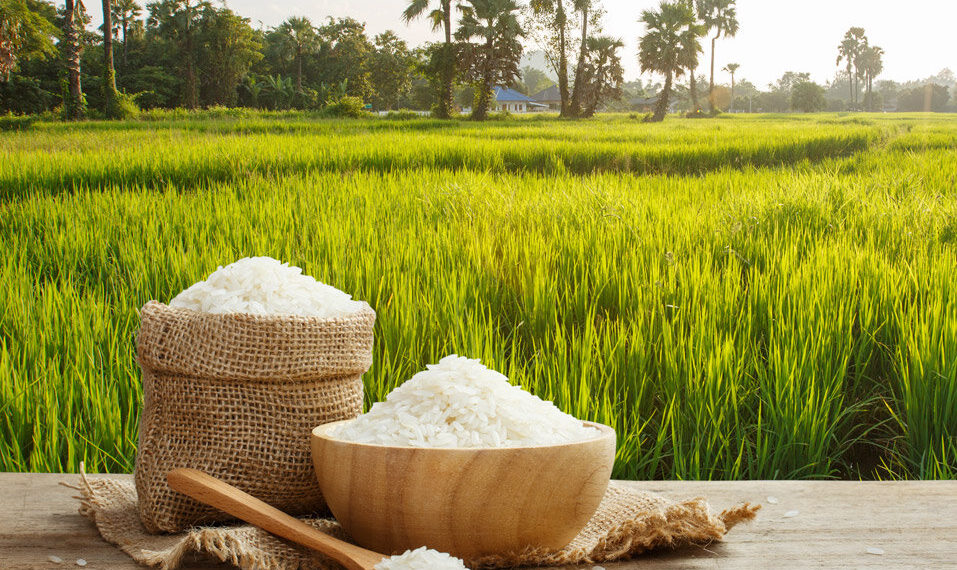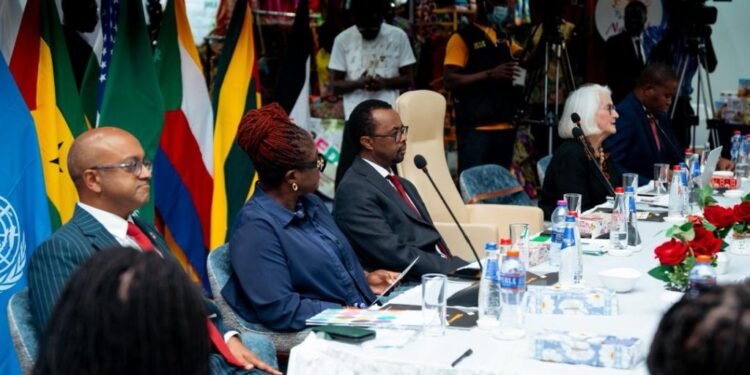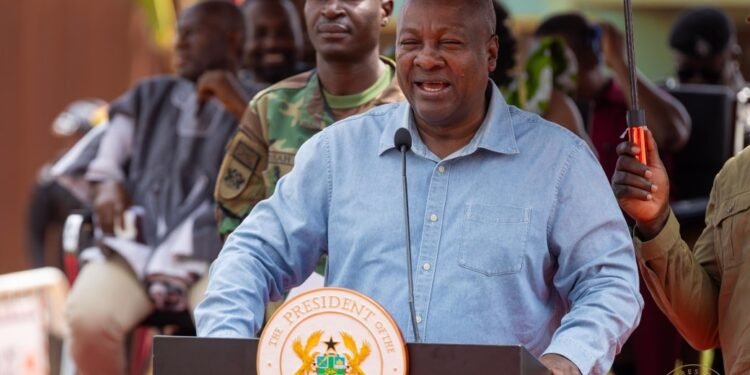Rice traders for West African destination markets have warned that import prices could rise in response to freight rate increases, thereby resulting in negative profit margins, according to S&P global Platts.
According to Platts, local rice prices in the region including key destinations of Benin, Togo, Ghana, Senegal and Côte d’Ivoire declined following a flurry of arrivals, primarily from India.
Consequently, breakbulk freight rates from India and other Asian origins have been consistently increasing, Platts acknowledged.
The practice since then has seen buyers shift away from container shipments and toward breakbulk. Notably, this is due to limited availability and steep costs, Platts noted.
Sentiments shared by some Indian exporters showed they could not use containers for shipment. Meanwhile, others noted that the price of breakbulk freight from India’s Kakinada Port to main West African ports was around US$120/mt, compared with around US$240 to US$250/mt for container freight.
This notwithstanding, prices in India have been stable in recent months and have not retreated to account for the rise in freight rates.
Market divide at present
According to S&P Global Platts, the above mentioned factors: improving supplies, rising freight rates and relatively stable free on board prices have created a divide in the market.
Moreover, some Europe-based traders opined that freight from India to Senegal costs around US$125 to US$135/mt. Meanwhile, breakbulk ships in Dakar were chartered on the basis of US$95-US$100/mt.
That said, some traders indicate that prices at destination ports are high and returns are heavily negative. Accordingly, a Senegalese trader indicated that any sales being concluded were “betting on higher [destination] prices in the future,” Platts remarked.
However, a Singapore-based trader for the region was doubtful local prices could increase, stating that “people don’t have purchasing power to pay higher … [so] normal laws of economics don’t apply.”
India’s Kakinada Port congestion
These diverse opinions notwithstanding, sources typically agreed that demand from West Africa was on the high side. Other traders expressed sentiments to the effect that the region’s market has only few cargo. Citing logistical difficulties earlier in the year caused by India’s COVID-19 situation.
This is reflected in current activity at the Kakinada Port, with sources saying that close to 20 ships for the region are either being loaded, are waiting to be loaded or are expected in port in the near future, S&P Global suggests.
Furthermore, more than 500,000 mt of rice, primarily broken and parboiled rice, are set to be loaded onto breakbulk ships destined for West Africa in the coming weeks, according to data spotted by Platts.
Likewise, other sentiments show that slow load rates and congestion at the port are likely to add on further costs. This is due to demurrage charges and time charter arrangements, creating further pressure on profit margins.
With no signs that breakbulk freight rates are set to decrease soon, another component in the supply chain must accept the increased delivered costs, Platts opined. The question that begs answers is what component that would come from.
READ ALSO: Labour demand declines by 11.3% in June 2021























